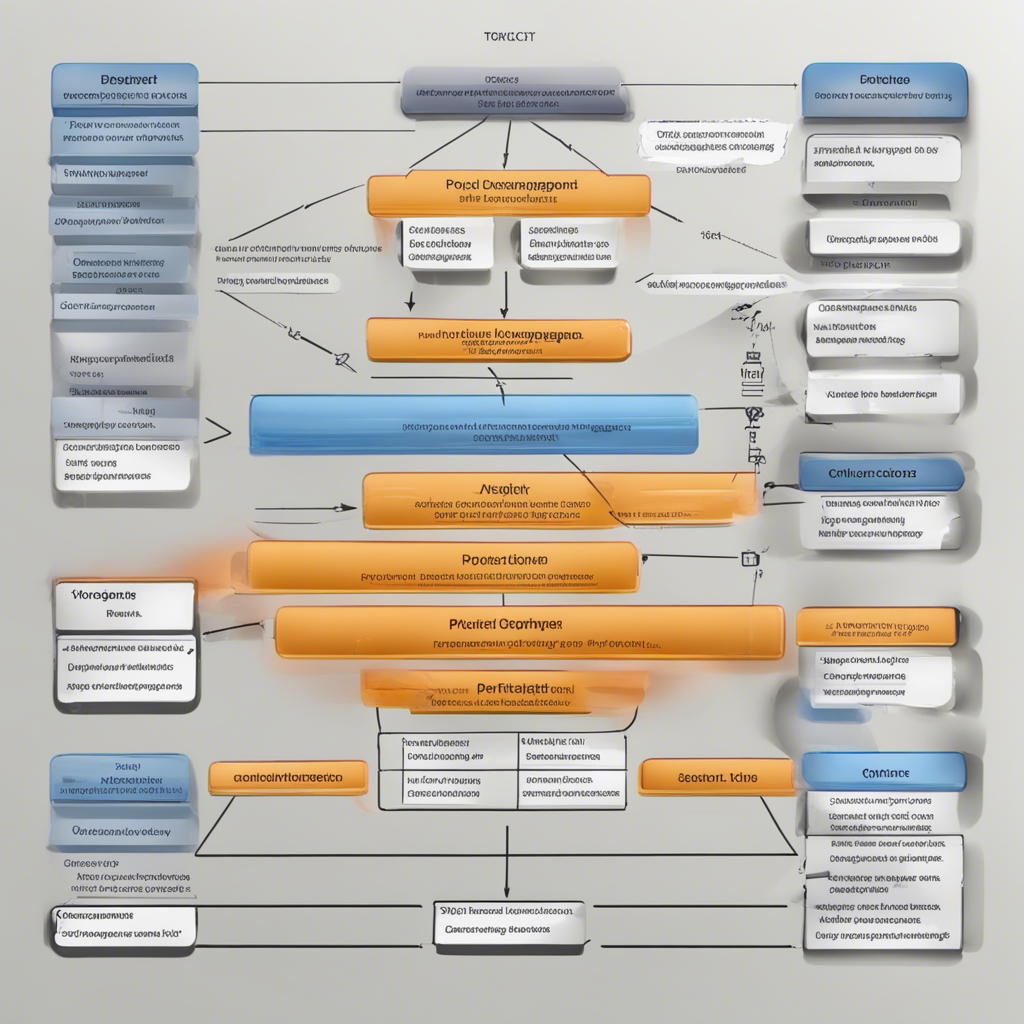
The Art of Product Management: A Holistic View
Product management is a multidimensional role that combines creativity, strategy, and execution. It requires a deep understanding of customer needs, market trends, and business goals. In this blog post, we will explore the art of product management and how it encompasses various aspects to create successful products.
Introduction to Product Management
Product management is the process of developing, launching, and managing products or services. It involves identifying market opportunities, defining product features, prioritizing development efforts, and ensuring successful product launches. Product managers act as the bridge between various teams, such as engineering, marketing, and sales, to bring a product from concept to market.
The Product Manager’s Toolkit
To excel in product management, professionals need a diverse set of skills and tools. Let’s take a closer look at a few key components of the product manager’s toolkit:
1. Market Research and Analysis
Market research helps product managers identify customer needs, market trends, and potential competitors. It involves conducting surveys, interviews, and analyzing data to gain valuable insights. By understanding the market landscape, product managers can make informed decisions about what features to prioritize, how to differentiate their product, and how to position it in the market.
2. User-Centric Design
User-centric design focuses on creating products that meet the needs and expectations of users. It involves conducting user research, creating personas, and mapping out user journeys. By focusing on the user experience, product managers can ensure that their products are intuitive, easy-to-use, and provide value to customers.
3. Agile Project Management
Agile project management is a framework that allows product teams to adapt and respond to changes quickly. It emphasizes iterative development, frequent feedback, and collaboration among team members. Product managers use agile methodologies to prioritize tasks, manage sprints, and deliver value to customers in a timely manner.
4. Data-Driven Decision Making
Data plays a crucial role in product management. Product managers rely on metrics and analytics to measure the success of their products, identify areas for improvement, and make data-driven decisions. By tracking user engagement, conversion rates, and other key metrics, product managers can optimize their products and drive business growth.
The Role of Product Management in the Product Lifecycle
Product management is a holistic process that spans the entire product lifecycle. Let’s examine the key stages of the product lifecycle and the role of product management in each stage:
1. Ideation and Conceptualization
During the ideation stage, product managers work closely with stakeholders to identify potential product opportunities and define the scope of the project. They conduct market research, assess the feasibility of ideas, and define the product vision and goals. Product managers also collaborate with designers and engineers to create prototypes and validate concepts.
2. Development and Execution
In the development stage, product managers work closely with cross-functional teams to build and launch the product. They prioritize features, define the product roadmap, and ensure that the development process stays on track. Product managers also coordinate with marketing and sales teams to create go-to-market strategies and plan product launches.
3. Launch and Growth
Once the product is ready for launch, product managers play a key role in driving its adoption and success. They collaborate with marketing teams to create effective messaging and promotional campaigns. They gather feedback from customers and iterate on the product based on user insights. Product managers analyze market trends and competition to identify growth opportunities and refine the product strategy.
4. Maintenance and Enhancement
After the initial launch, product managers continue to monitor and improve the product. They prioritize bug fixes, manage feature requests, and align the product roadmap with changing market needs. Product managers also oversee product updates and enhancements, ensuring that the product remains competitive and meets customer expectations.
The Importance of Collaboration in Product Management
Product managers must work closely with various teams and stakeholders to ensure the success of their products. Effective collaboration enables cross-functional alignment, fosters innovation, and drives productivity. Here are a few key areas where collaboration plays a vital role in product management:
1. Cross-Functional Communication
Product managers act as a bridge between different teams, such as engineering, design, marketing, and sales. Effective communication is crucial to ensure everyone is aligned on the product vision, goals, and priorities. By fostering open and transparent communication, product managers can prevent misunderstandings and create a shared understanding among team members.
2. User Feedback and Validation
Product managers rely on user feedback to validate their assumptions and make informed decisions. They conduct user research, gather feedback through surveys and interviews, and analyze user behavior data. By collaborating with their team and stakeholders, product managers can interpret user feedback and use it to drive product improvements and enhancements.
3. Cross-Functional Planning and Execution
Product managers collaborate with cross-functional teams to plan and execute product launches, marketing campaigns, and sales strategies. By involving stakeholders from different departments, product managers ensure that everyone’s expertise and perspectives are considered. This collaboration maximizes the chances of successful product launches and market adoption.
Conclusion
The art of product management requires a multidimensional approach, incorporating market research, user-centric design, agile project management, and data-driven decision making. Product managers play a key role in driving the success of products throughout their lifecycle. Effective collaboration among cross-functional teams and stakeholders is critical to delivering products that meet customer needs, drive business growth, and create a competitive advantage in the market. By mastering the art of product management, professionals can create impactful products that resonate with customers and contribute to organizational success.
Note: This blog post is based on the author’s understanding of the topic and may not encompass all perspectives. It is always recommended to consult reputable sources and subject matter experts for a comprehensive view of the topic.
References:






